The growth of health care spending has plateaued, while brand-name prescription drug prices appear to have been increasing more quickly in recent years, according to an article by John Graham, senior fellow at the National Center for Policy Analysis.
Many best-selling drugs had lost their patents by 2012; as a result, many expected to be able to purchase a month’s supply of generic drugs for as cheap as $4 one day.
Graham said it didn’t play out that way, however. Instead, specialized drugs have been introduced with high prices.
In September 2014, the increasing costs of prescription drugs were mainly found in specialized drugs.
Graham said that the top-100 best-selling drugs in the U.S. have increased in median revenue from $1,260 in 2010 to $9,400 in 2014; decreased in median patient population size from 690,000 in 2010 to 146,000 in 2014; increased from having four treatments priced in excess of $100,000 in 2010 to seven in 2014.
The health insurance industry is campaigning against the high prices of specialty drugs. The brand-name pharmaceutical companies stress that heath insurers frequently place specialty drugs on the most expensive tier of their formularies, making patients pay higher out-of-pocket costs.
Graham said a government policy forcing insurers to cover a higher share of the cost of specialty drugs would not lower the prices. What would do is move the patients' high direct payment to the premiums paid by the insured.

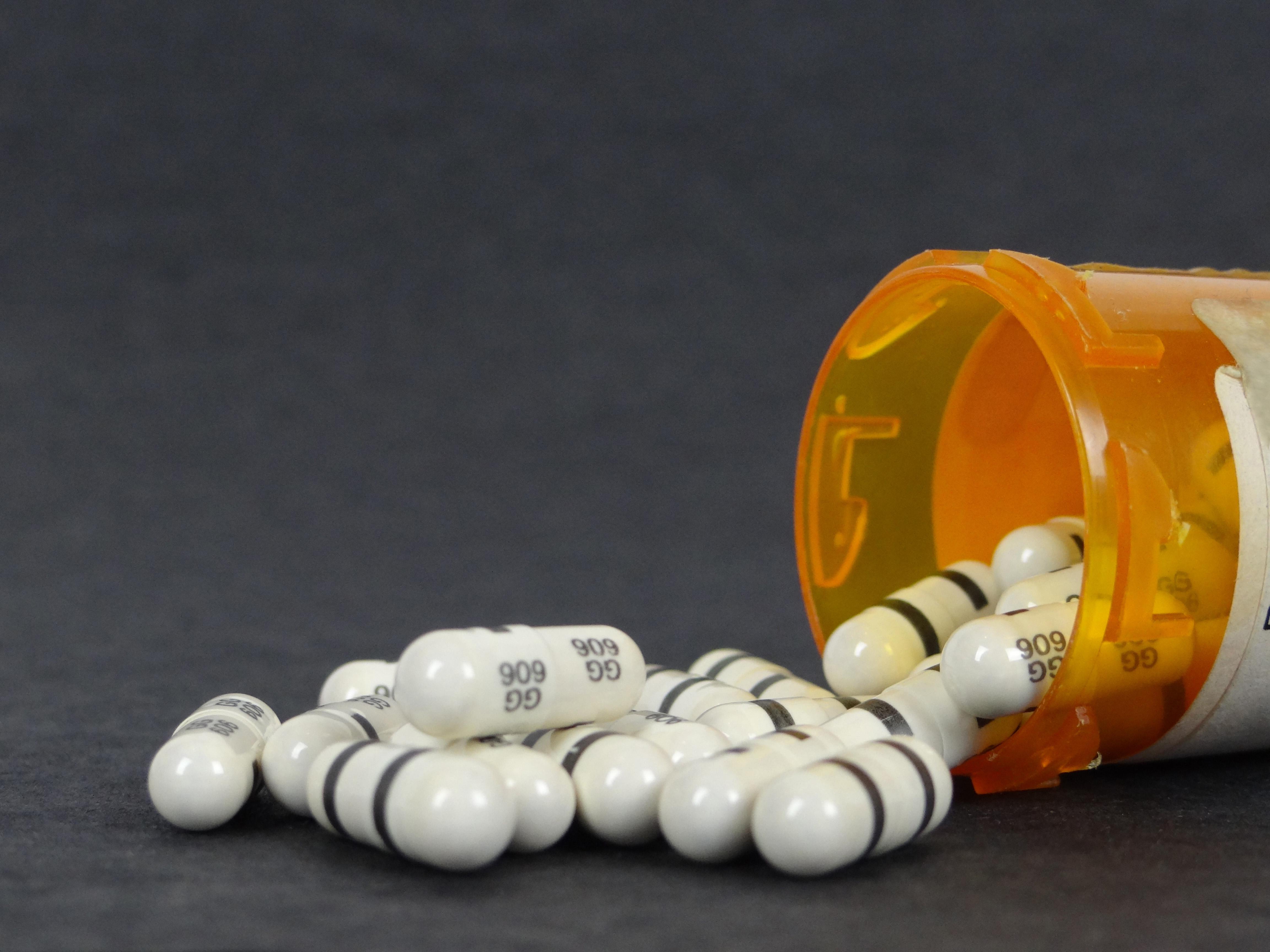
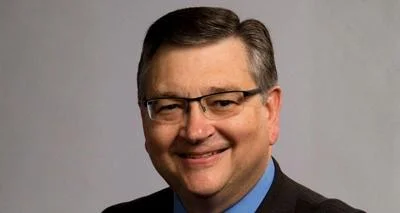

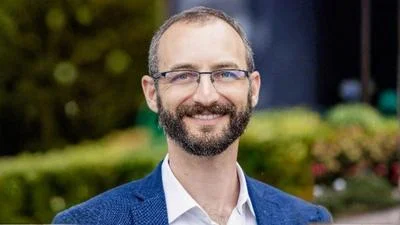
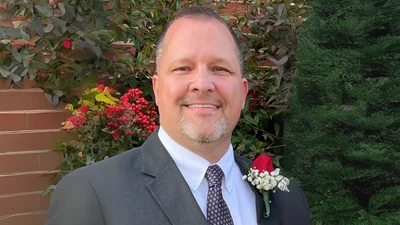
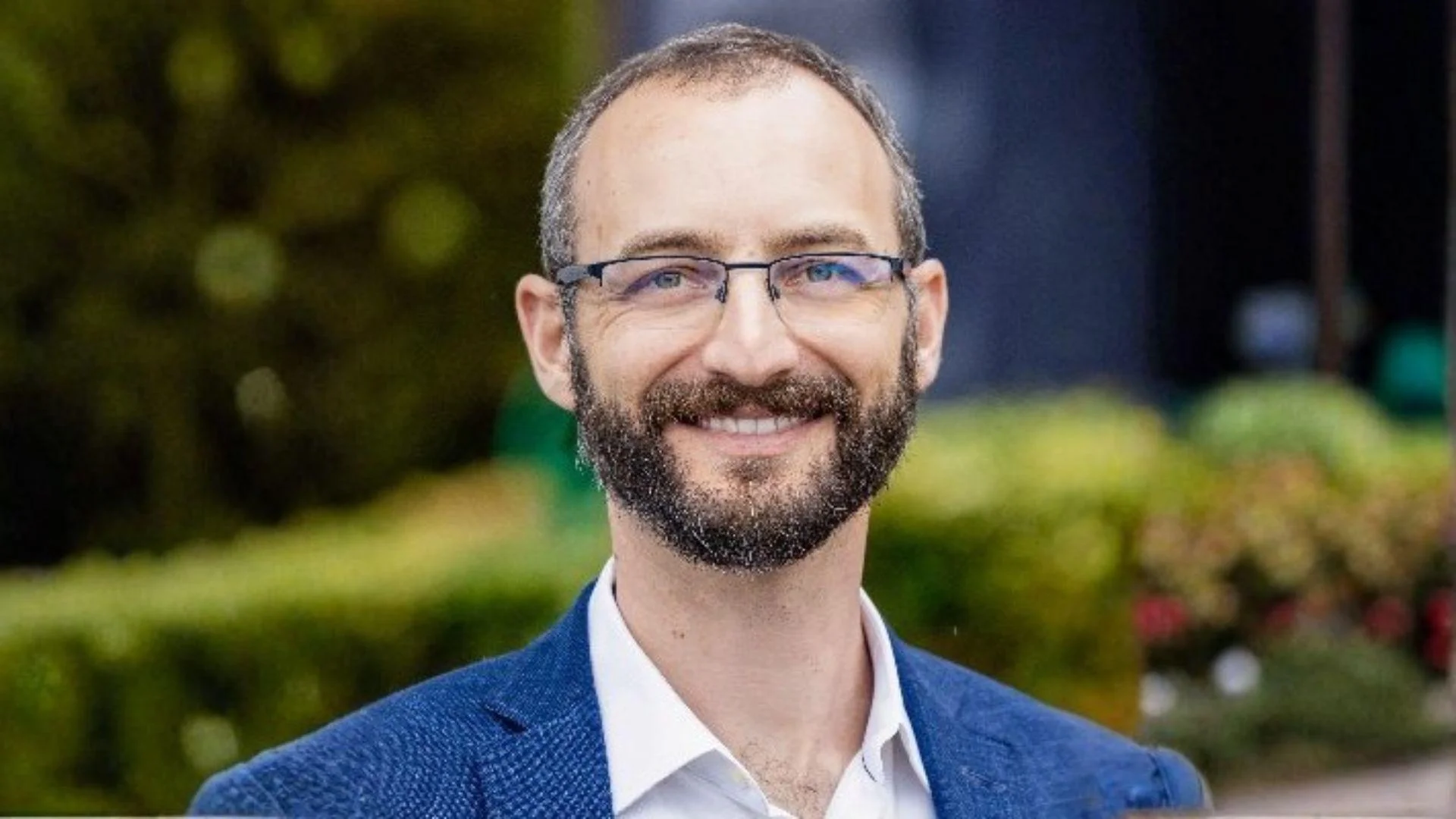
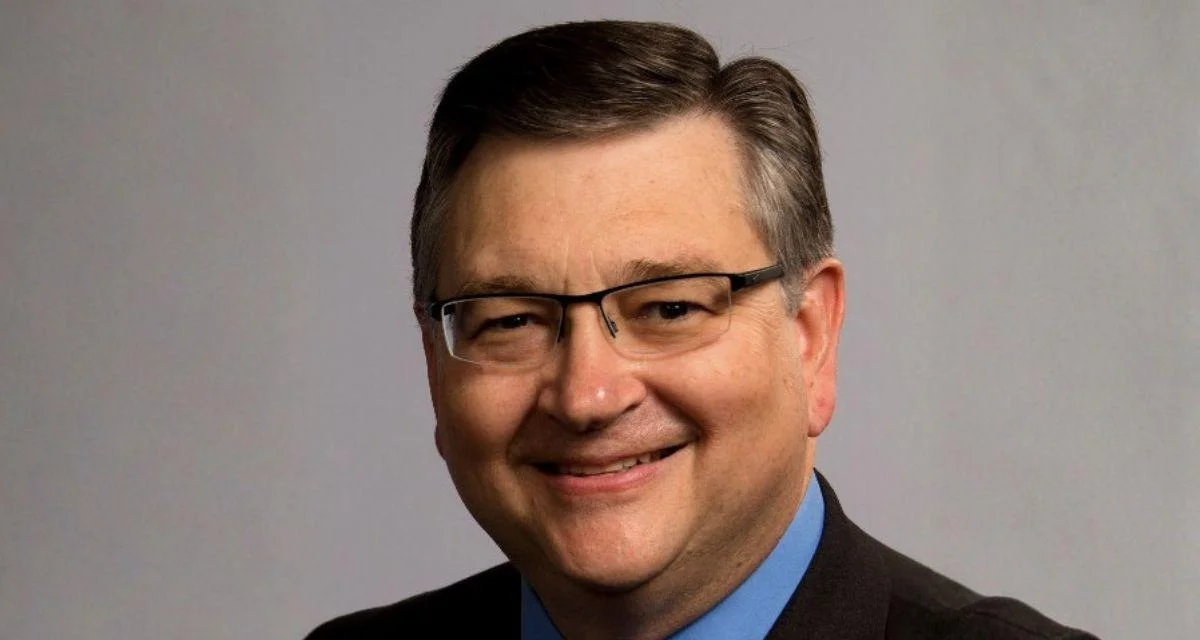

 Alerts Sign-up
Alerts Sign-up